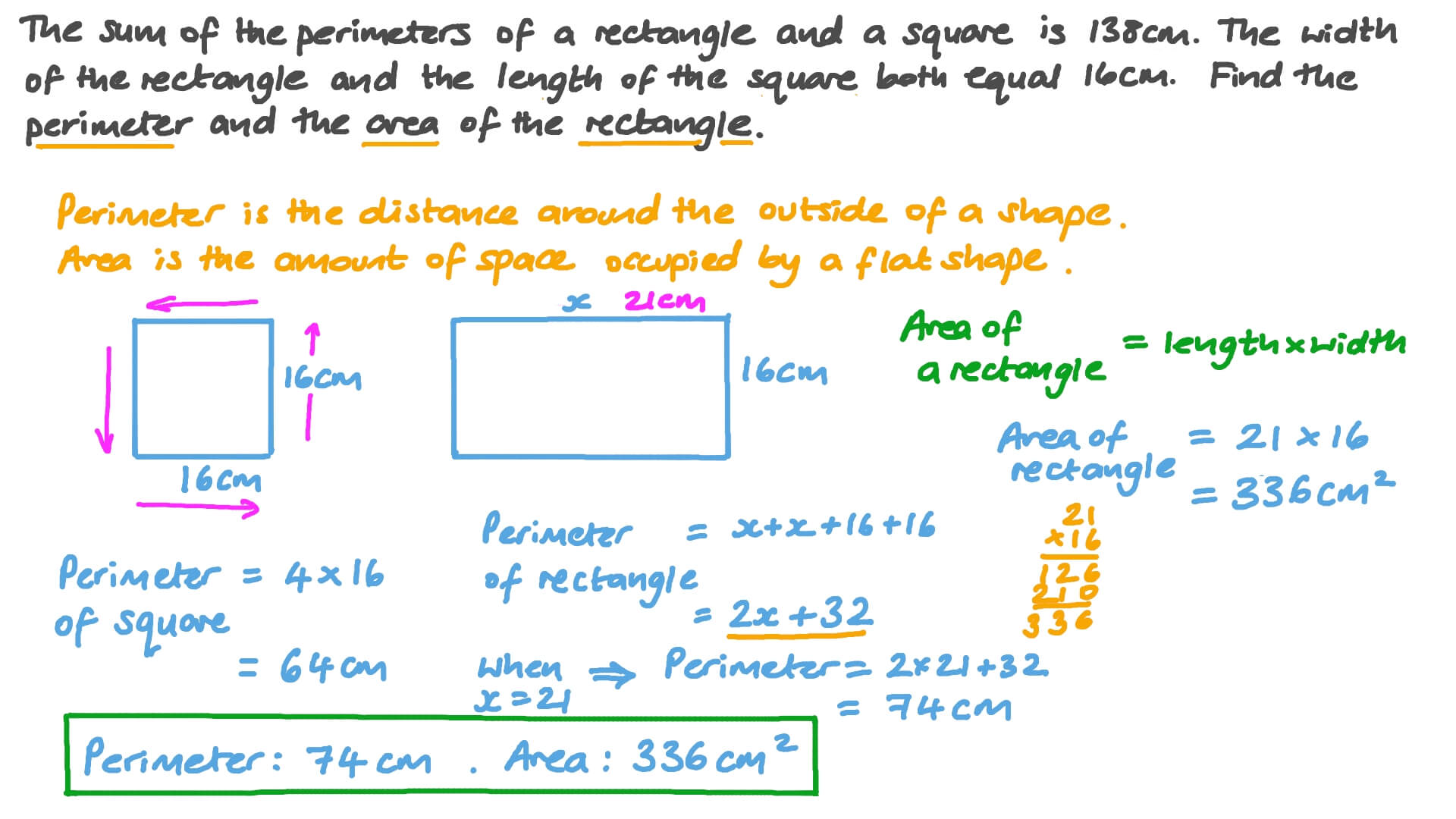


Now let's calculate the area for the next segment. That is because the area at time zero is zero as well. In this example, that will also be the distance traveled, so we're going to use column C for this purpose. Select the cell where you want to show the area for the first segment.The first segment is going to be the area in time zero, which is naturally a zero. If you multiply these two together, you'll get meters, or the distance traveled. That is because the x-axis is seconds, and the y-axis is meters per second. If you create a chart for this data, the area under the plot will show the distance traveled by the car. Once you calculate the area for each of these shape types, you can use the autofill handle in Excel to automatically calculate the area of the rest of the shapes of that type.Īs an example, suppose we have the speed of a car at specific times. The area under a plot consists of triangles, trapezoids, and rectangles.

This might sound a bit arduous, but don't be daunted. To calculate the area under a plot, you'll have to separately calculate the area between every two values and then sum them to get the total area. However, there is no Excel function that calculates the area under a plot.
#Net rectangle area calculator how to
How to Calculate the Area Under a Plot in ExcelĪs a concept, the area under a plot is roughly the x-axis multiplied by the y-axis.


 0 kommentar(er)
0 kommentar(er)
